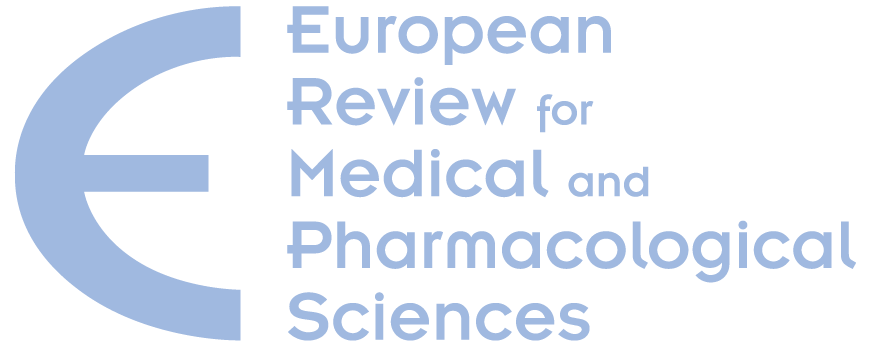Oxidative stress and viral Infections: rationale, experiences, and perspectives on N-acetylcysteine
P. Santus, F. Danzo, A. Zuffi, S. Pini, M. Saad, A. Visconti, D. Radovanovic Division of Respiratory Diseases, Ospedale Luigi Sacco, Polo Universitario, ASST Fatebenefratelli-Sacco, Milan, Italy. pierachille.santus@unimi.it
This article explores current evidence on the role of oxidative stress in viral infections, and on the use of antioxidant drugs as adjunctive treatment.
MEDLINE/PubMed was searched for appropriate keywords, and preclinical and clinical studies with reviews were retrieved and examined by authors.
Old and current evidence shows that GSH content reduction is the main mechanism of redox imbalance in viral-infected cells. Clinical studies found that GSH levels are depleted in patients with viral infections such as HIV and SARS-CoV. Viral infections activate inflammation through different pathways, and several of these mechanisms are related to oxidative stress. NAC is a precursor of GSH, and many of its intracellular effects are mediated by GSH replenishment, but it also activates some anti-inflammatory mechanisms. NAC has an excellent safety profile and better oral and topical bioavailability than GSH. These characteristics make NAC a suitable option as a repurposed drug.
Adjunctive antioxidant treatment may improve the outcomes of antiviral therapies. Current evidence supports the rationale for this practice and some clinical experience showed encouraging results.
Free PDF Download
This work is licensed under a Creative Commons Attribution-NonCommercial-NoDerivatives 4.0 International License
To cite this article
P. Santus, F. Danzo, A. Zuffi, S. Pini, M. Saad, A. Visconti, D. Radovanovic
Oxidative stress and viral Infections: rationale, experiences, and perspectives on N-acetylcysteine
Eur Rev Med Pharmacol Sci
Year: 2022
Vol. 26 - N. 22
Pages: 8582-8590
DOI: 10.26355/eurrev_202211_30395
